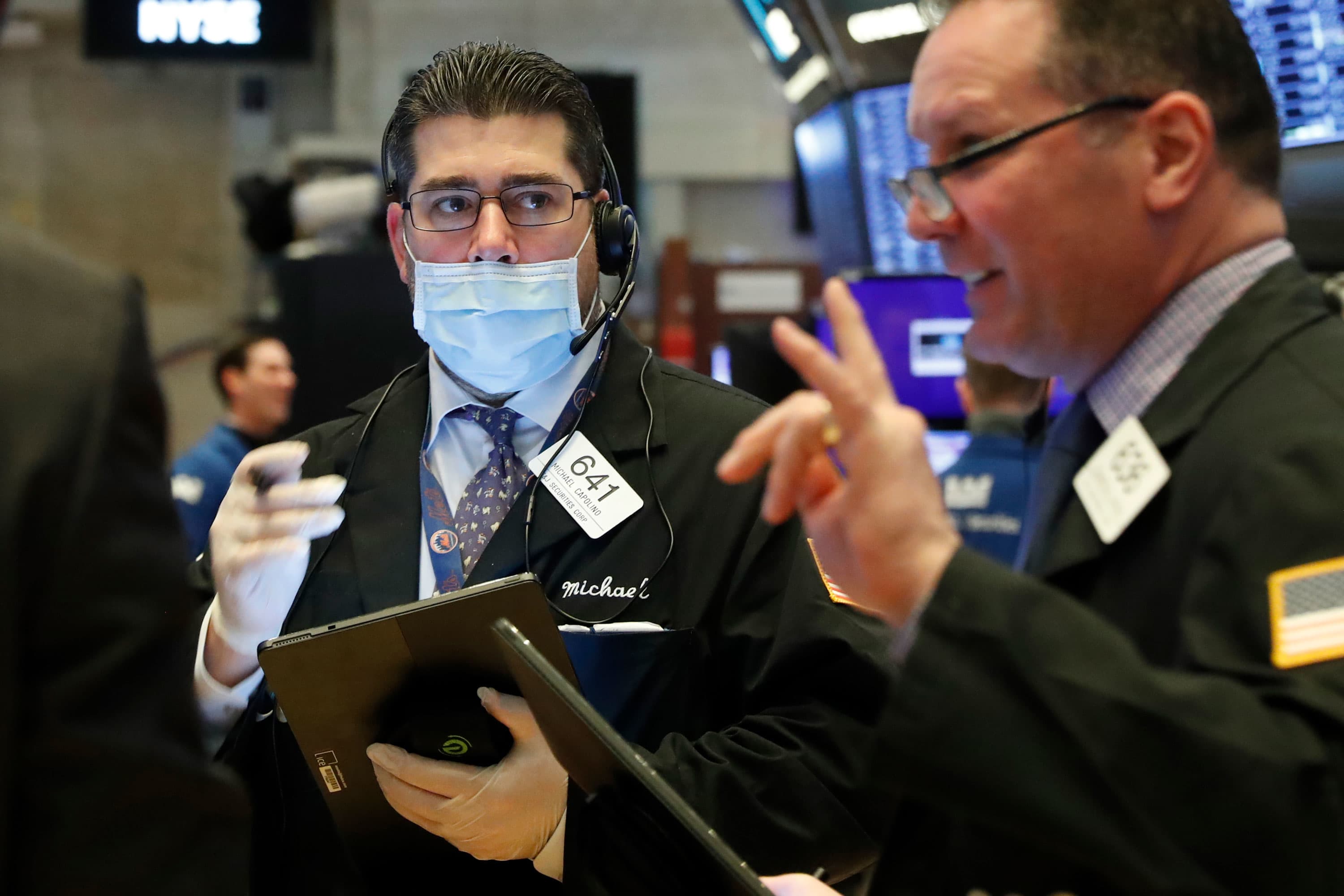
The presidential election is seven weeks away, and the closer we get to Election Day, the more volatility seems to be taking center stage in the options market.
Last week’s sell-off saw several sessions where the Cboe Volatility Index spiked to close above 30 for the first time since late June, but even though the VIX has fallen since then, premiums in options contract expirations on both sides of Election Day remain elevated. Those higher prices are reflected by VIX futures, as well.
“Think of that as rolling 30-day windows of volatility. The October VIX future, which essentially is pricing right now what the VIX might be at October expiration … is the highest VIX future on the board,” Optimize Advisors CIO Michael Khouw said Monday on CNBC’s “Fast Money.”
Those futures remain elevated above current levels all the way through January in a way that looks like a mirror image of the 2016 election, when markets weren’t pricing in a rise in volatility until January 2017. However, what volatility was being priced into that election pales to what traders are betting on this time. The October VIX future chart reads slightly less than 32, while the highest level near the 2016 election, April 2017, barely cracked 21.
However, as Khouw pointed out, the VIX future isn’t the only instrument traders are using to position themselves in a turbulent market.
Take a look at the term structure of volatility in the [S&P 500],” said Khouw. “You can see a pronounced spike, and in both cases, both in the VIX futures and the S&P options, that the volatility priced into the election this year is considerably higher than it was four years ago.”




